Korea’s Mummies
입력 2017.08.22 (14:20)
수정 2017.08.22 (14:33)
읽어주기 기능은 크롬기반의
브라우저에서만 사용하실 수 있습니다.
[Anchor Lead]
Many people associate mummies with Egypt. But more than ten mummies have been discovered in South Korea. Mummies are a precious resource when it comes to studying the lives of people hundreds of years ago. But some remain neglected, due to the lack of proper preservation facilities or an organized research system. Here is the story.
[Pkg]
This is the only mummy in the world that has been found pregnant. The mummy, a descendant of Queen Munjeong, generated such interest that it was featured along with its lavish tomb relics upon its excavation. 15 years have passed, but the mummy is still being kept temporarily in the anatomy lab of a university hospital. It has to be moved away if more cadavers are donated. These are a female mummy discovered in Osan and mummies belonging to the Yeosan Song Family. They, too, remain neglected in the corner of a university hospital's autopsy room, as no separate space has been set aside for them.
[Soundbite] Prof. Kim Han-kyum(Korea University Guro Hospital) : "This is a place for identifying the causes of death through autopsies, not for storing corpses and mummies."
Korean mummies are characterized by the fact that they were sterilized and naturally preserved in coffins tightly sealed with lime. They are precious assets offering glimpses into the bodies, attire, afflictions and dietary habits of people who lived hundreds of years ago. However, systematic research of mummies is sorely insufficient.
[Soundbite] Prof. Kim Han-kyum(Korea University Guro Hospital) : "We can learn about how our ancestors lived, but those opportunities are being discarded."
In Egypt or Europe, teams of experts manage and study mummies in museums or separately designated exhibition venues.
Many people associate mummies with Egypt. But more than ten mummies have been discovered in South Korea. Mummies are a precious resource when it comes to studying the lives of people hundreds of years ago. But some remain neglected, due to the lack of proper preservation facilities or an organized research system. Here is the story.
[Pkg]
This is the only mummy in the world that has been found pregnant. The mummy, a descendant of Queen Munjeong, generated such interest that it was featured along with its lavish tomb relics upon its excavation. 15 years have passed, but the mummy is still being kept temporarily in the anatomy lab of a university hospital. It has to be moved away if more cadavers are donated. These are a female mummy discovered in Osan and mummies belonging to the Yeosan Song Family. They, too, remain neglected in the corner of a university hospital's autopsy room, as no separate space has been set aside for them.
[Soundbite] Prof. Kim Han-kyum(Korea University Guro Hospital) : "This is a place for identifying the causes of death through autopsies, not for storing corpses and mummies."
Korean mummies are characterized by the fact that they were sterilized and naturally preserved in coffins tightly sealed with lime. They are precious assets offering glimpses into the bodies, attire, afflictions and dietary habits of people who lived hundreds of years ago. However, systematic research of mummies is sorely insufficient.
[Soundbite] Prof. Kim Han-kyum(Korea University Guro Hospital) : "We can learn about how our ancestors lived, but those opportunities are being discarded."
In Egypt or Europe, teams of experts manage and study mummies in museums or separately designated exhibition venues.
■ 제보하기
▷ 카카오톡 : 'KBS제보' 검색, 채널 추가
▷ 전화 : 02-781-1234, 4444
▷ 이메일 : kbs1234@kbs.co.kr
▷ 유튜브, 네이버, 카카오에서도 KBS뉴스를 구독해주세요!
- Korea’s Mummies
-
- 입력 2017-08-22 14:09:47
- 수정2017-08-22 14:33:33
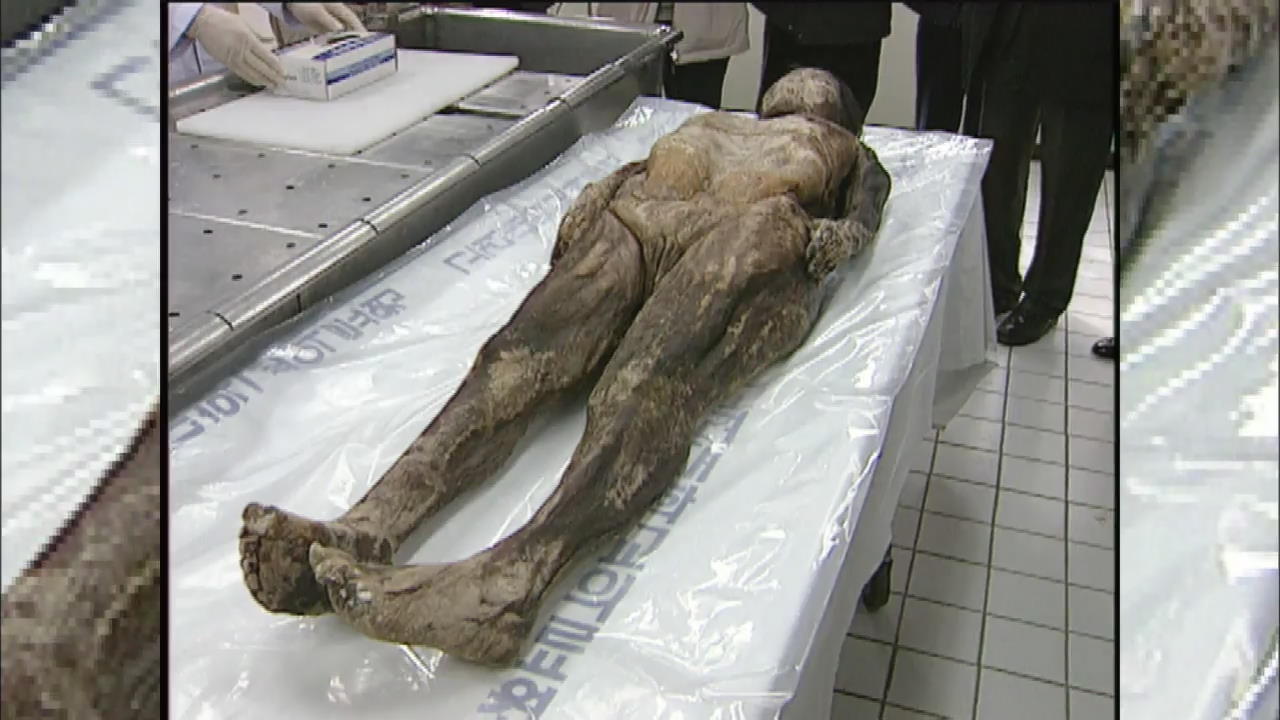
[Anchor Lead]
Many people associate mummies with Egypt. But more than ten mummies have been discovered in South Korea. Mummies are a precious resource when it comes to studying the lives of people hundreds of years ago. But some remain neglected, due to the lack of proper preservation facilities or an organized research system. Here is the story.
[Pkg]
This is the only mummy in the world that has been found pregnant. The mummy, a descendant of Queen Munjeong, generated such interest that it was featured along with its lavish tomb relics upon its excavation. 15 years have passed, but the mummy is still being kept temporarily in the anatomy lab of a university hospital. It has to be moved away if more cadavers are donated. These are a female mummy discovered in Osan and mummies belonging to the Yeosan Song Family. They, too, remain neglected in the corner of a university hospital's autopsy room, as no separate space has been set aside for them.
[Soundbite] Prof. Kim Han-kyum(Korea University Guro Hospital) : "This is a place for identifying the causes of death through autopsies, not for storing corpses and mummies."
Korean mummies are characterized by the fact that they were sterilized and naturally preserved in coffins tightly sealed with lime. They are precious assets offering glimpses into the bodies, attire, afflictions and dietary habits of people who lived hundreds of years ago. However, systematic research of mummies is sorely insufficient.
[Soundbite] Prof. Kim Han-kyum(Korea University Guro Hospital) : "We can learn about how our ancestors lived, but those opportunities are being discarded."
In Egypt or Europe, teams of experts manage and study mummies in museums or separately designated exhibition venues.
Many people associate mummies with Egypt. But more than ten mummies have been discovered in South Korea. Mummies are a precious resource when it comes to studying the lives of people hundreds of years ago. But some remain neglected, due to the lack of proper preservation facilities or an organized research system. Here is the story.
[Pkg]
This is the only mummy in the world that has been found pregnant. The mummy, a descendant of Queen Munjeong, generated such interest that it was featured along with its lavish tomb relics upon its excavation. 15 years have passed, but the mummy is still being kept temporarily in the anatomy lab of a university hospital. It has to be moved away if more cadavers are donated. These are a female mummy discovered in Osan and mummies belonging to the Yeosan Song Family. They, too, remain neglected in the corner of a university hospital's autopsy room, as no separate space has been set aside for them.
[Soundbite] Prof. Kim Han-kyum(Korea University Guro Hospital) : "This is a place for identifying the causes of death through autopsies, not for storing corpses and mummies."
Korean mummies are characterized by the fact that they were sterilized and naturally preserved in coffins tightly sealed with lime. They are precious assets offering glimpses into the bodies, attire, afflictions and dietary habits of people who lived hundreds of years ago. However, systematic research of mummies is sorely insufficient.
[Soundbite] Prof. Kim Han-kyum(Korea University Guro Hospital) : "We can learn about how our ancestors lived, but those opportunities are being discarded."
In Egypt or Europe, teams of experts manage and study mummies in museums or separately designated exhibition venues.
이 기사가 좋으셨다면
-
좋아요
0
-
응원해요
0
-
후속 원해요
0










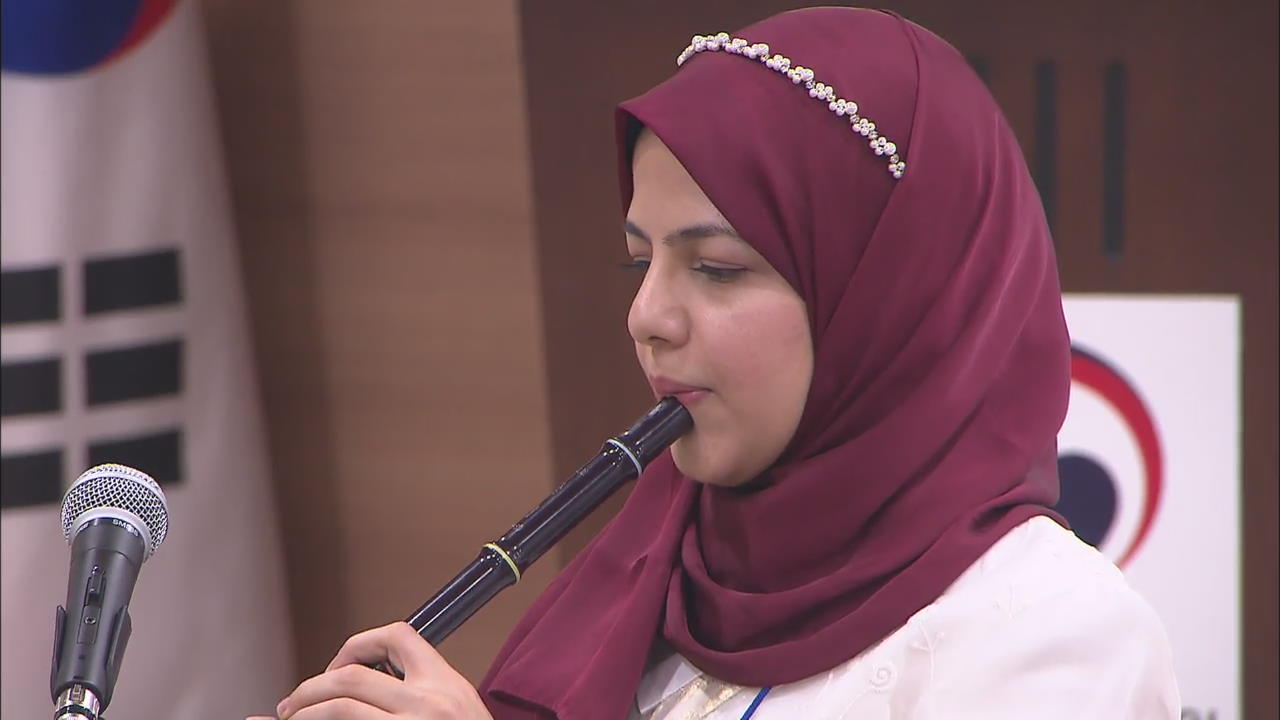


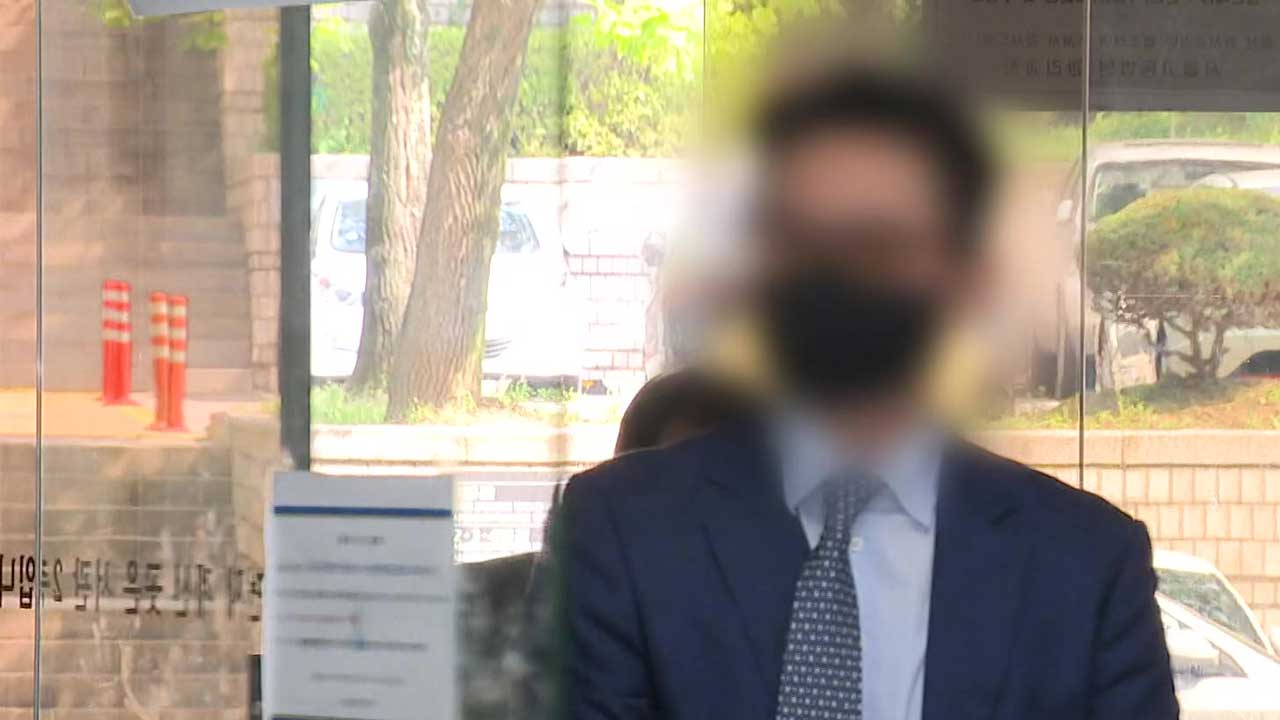
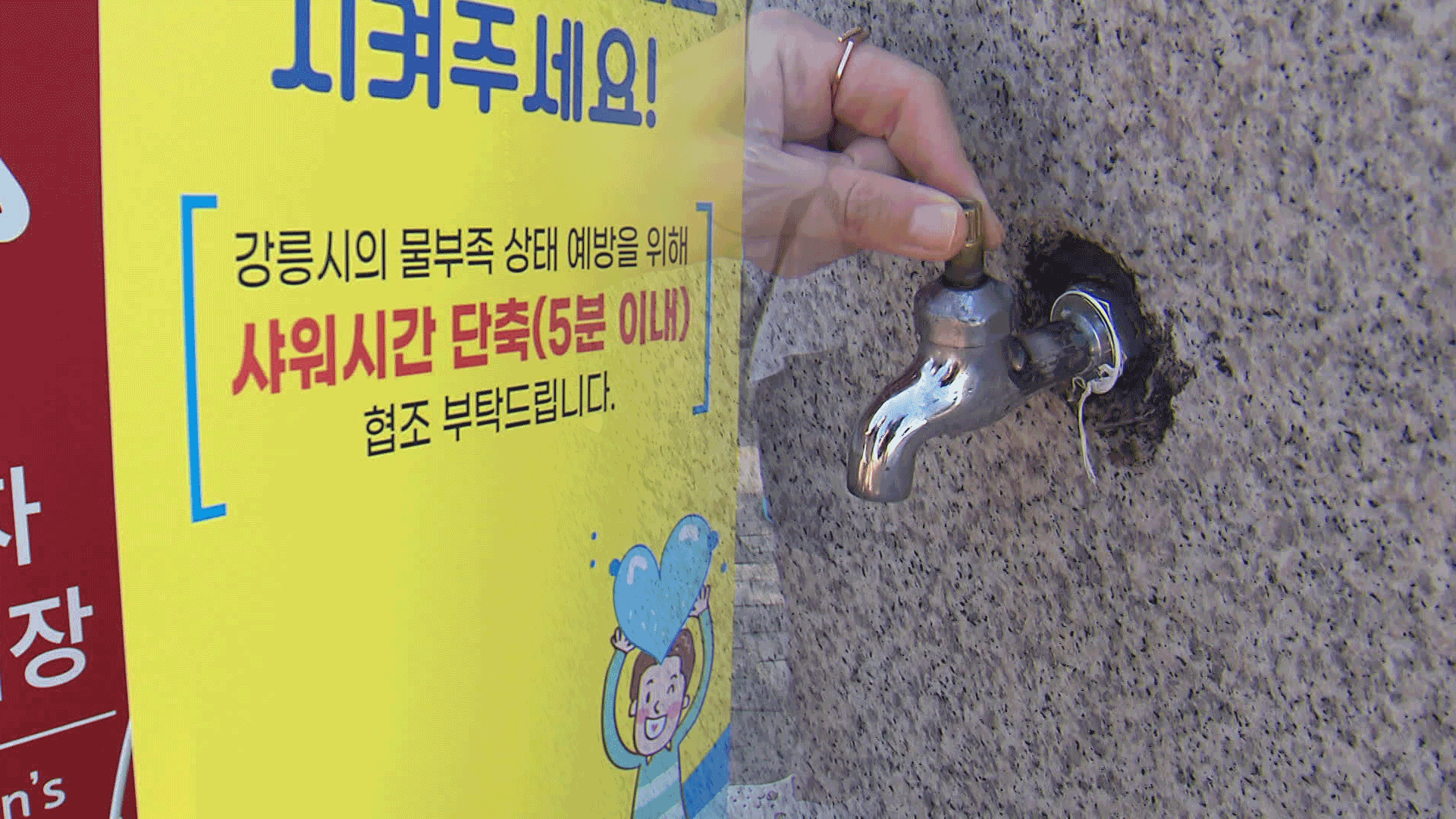
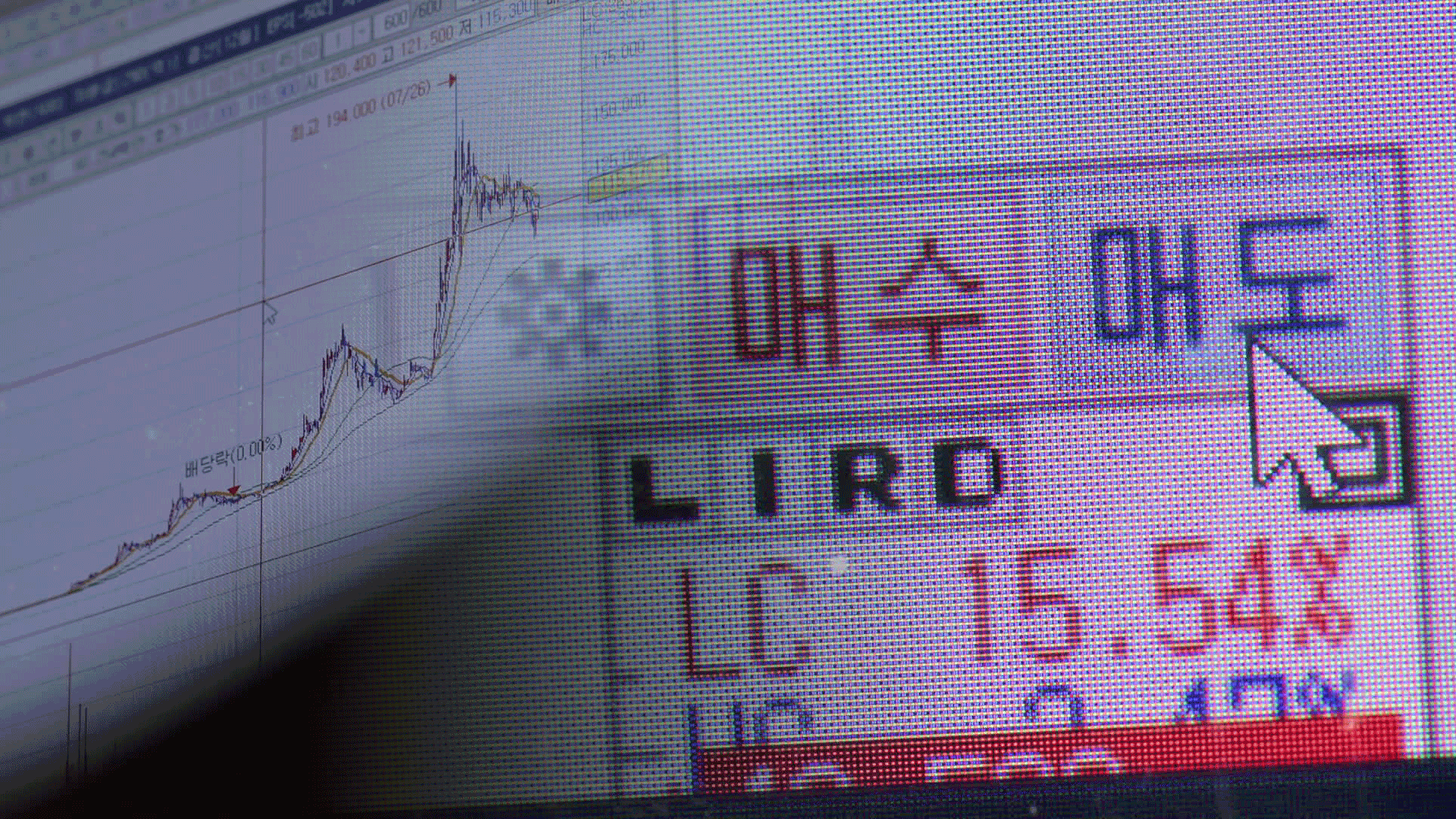

이 기사에 대한 의견을 남겨주세요.